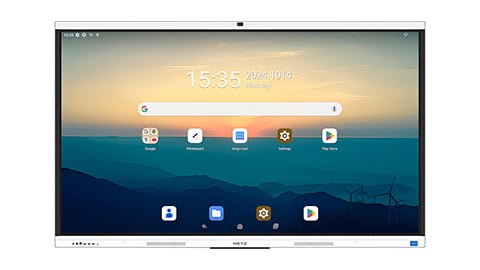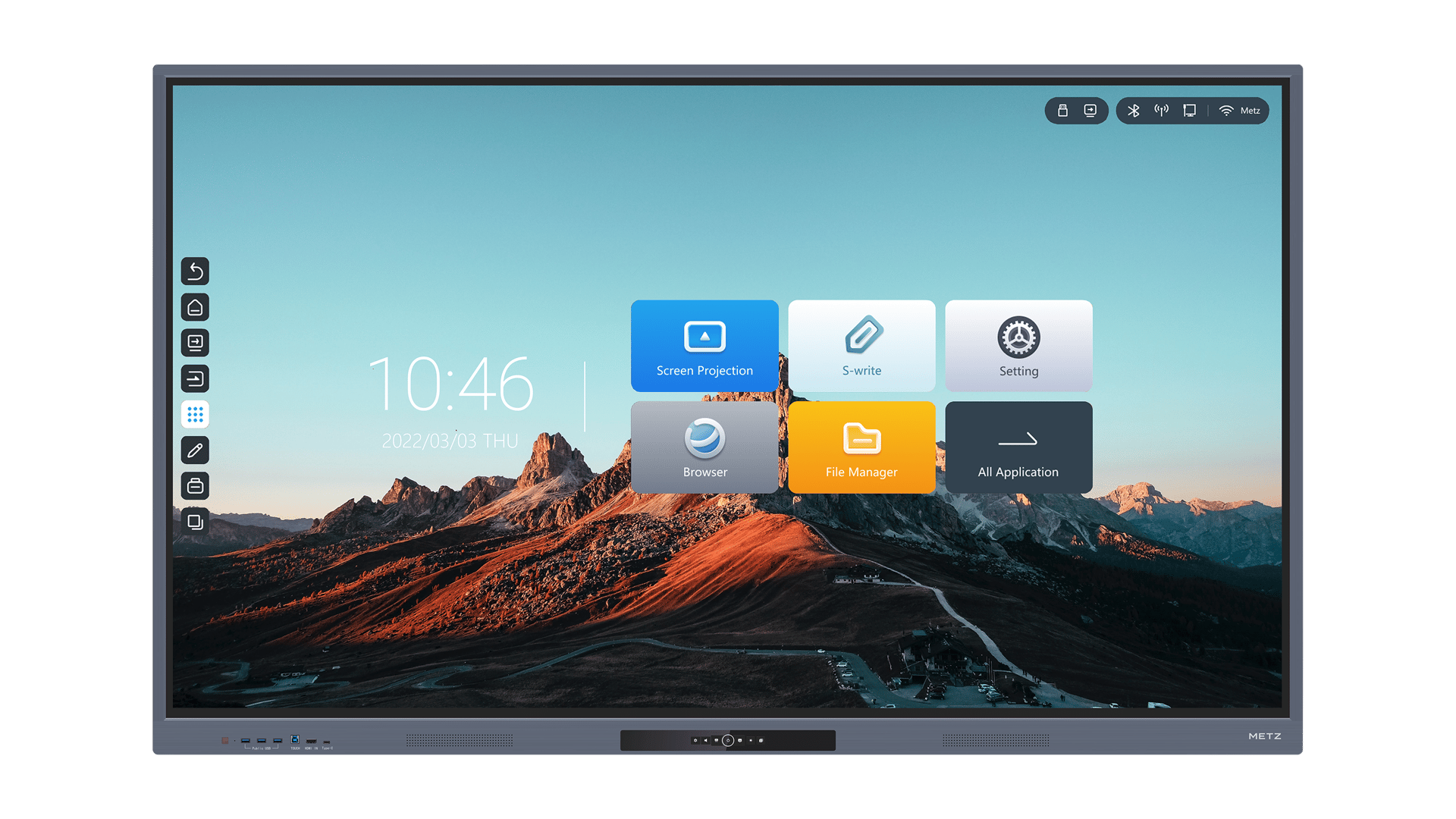Enhancing Classroom Interactivity with Smartboard Technology
Smartboard technology has revolutionized the way teachers engage with students in the classroom. By combining traditional whiteboard functionality with interactive features, smartboards have become an essential tool in modern education. This article explores the various aspects of smartboard technology and its impact on teaching and learning.
Improving Student Engagement and Participation
One of the key benefits of smartboard technology is its ability to enhance student engagement and participation. With interactive features such as touch screens, students can actively participate in lessons and collaborate with their peers. This hands-on approach to learning not only makes the classroom more interactive but also helps students develop critical thinking and problem-solving skills.
Visualizing Complex Concepts
Smartboards enable teachers to visually represent complex concepts and ideas in a more accessible way. Through the use of multimedia resources, such as videos, images, and interactive simulations, teachers can present information in a visually engaging manner. This visual representation helps students grasp difficult concepts more easily, making learning a more enjoyable and effective experience.
Facilitating Personalized Learning
Smartboard technology offers a range of tools and resources that can be customized to meet individual student needs. Teachers can create personalized lessons and activities tailored to each student's learning style and pace. This level of customization allows for differentiated instruction, ensuring that every student receives the support they need to succeed.
Encouraging Collaborative Learning
Collaboration is an essential skill for success in the modern world, and smartboard technology facilitates collaborative learning in the classroom. With features like split-screen functionality and interactive group activities, students can work together on projects, share ideas, and learn from each other's perspectives. This collaborative approach not only enhances academic achievements but also fosters important social and communication skills.
Increasing Accessibility for Students with Disabilities
Smartboard technology has made education more accessible for students with disabilities. With features like adjustable font sizes, text-to-speech capabilities, and color contrast options, smartboards cater to a variety of learning needs. This inclusivity ensures that all students, regardless of their abilities, can actively participate in classroom activities and have equal opportunities for learning.
Enhancing Classroom Management
Smartboards streamline classroom management tasks, making it easier for teachers to organize and deliver their lessons. With the ability to save and access lesson materials digitally, teachers can quickly retrieve resources, reducing time spent on administrative tasks. Additionally, smartboards allow for instant feedback and assessment, enabling teachers to monitor student progress more effectively.
Promoting Digital Literacy
As technology becomes increasingly prevalent in society, it is crucial for students to develop digital literacy skills. Smartboard technology exposes students to digital interfaces and tools, preparing them for the digital world they will encounter in their future careers. By utilizing smartboards, teachers can help students become proficient in navigating and utilizing digital resources.
Supporting Distance Learning
In recent times, smartboard technology has played a vital role in supporting distance learning. With features like video conferencing capabilities and screen sharing options, teachers can deliver interactive lessons to students who are unable to attend physical classrooms. This technology bridges the gap between remote learners and their teachers, ensuring continuity of education.
Preparing Students for the Future
Smartboard technology equips students with the skills they need to thrive in the 21st-century workforce. By integrating technology into the classroom, students become familiar with digital tools and develop critical thinking, problem-solving, and collaboration skills. These skills are highly sought after by employers and will prepare students for success in an increasingly digital and interconnected world.






